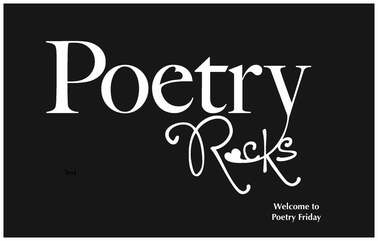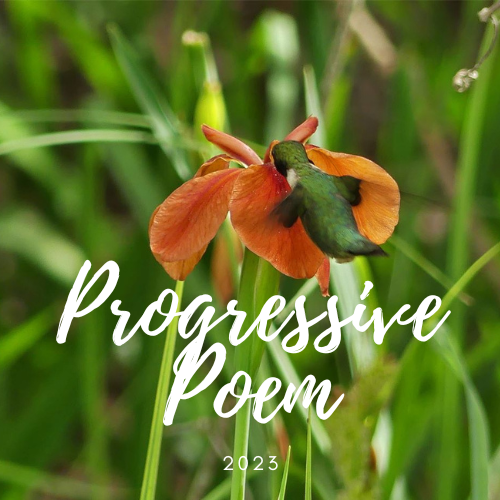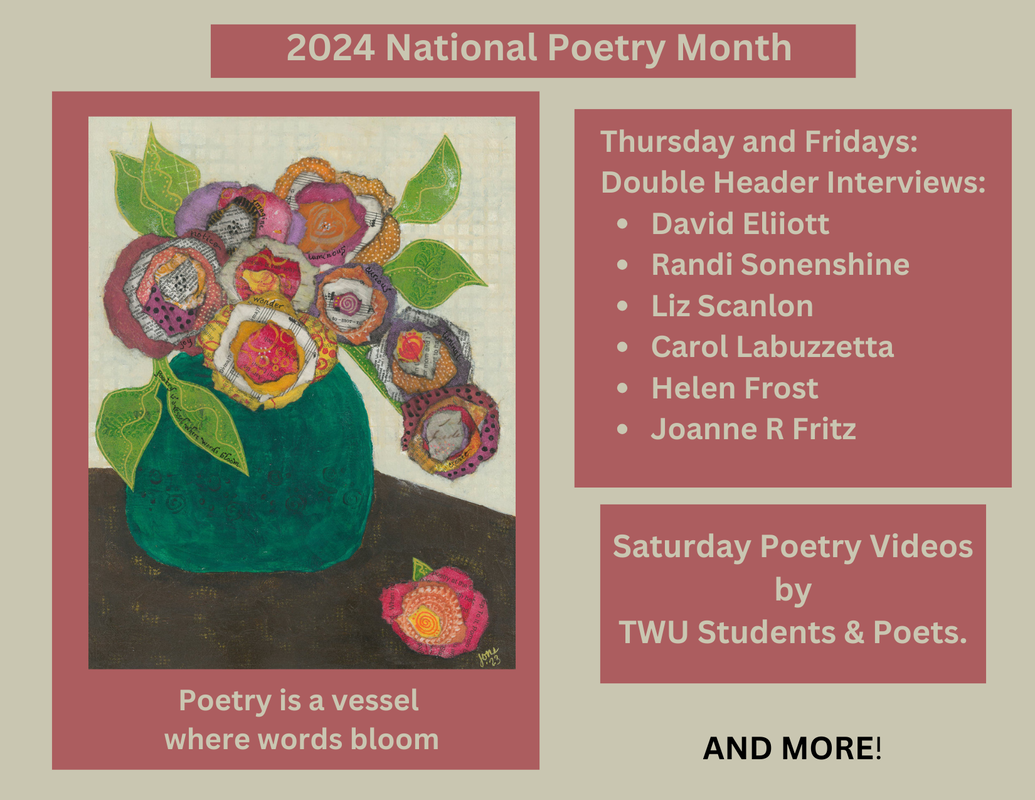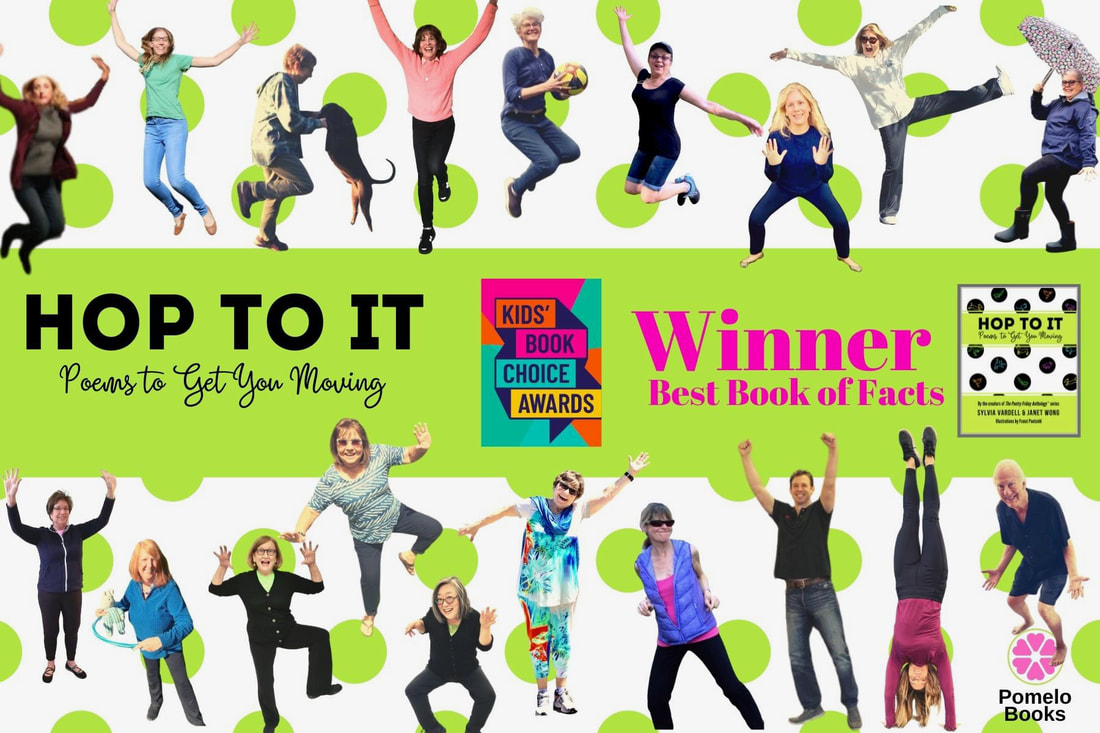 © graphic by Amber Fleek © graphic by Amber Fleek Marcie at Marcie Flinchum Atkins is hosting Poetry Friday this week. She's excited to announce that Wait, Rest, Pause: Dormancy in Nature is coming out in paperback. I am so excited for her. The Inklings issued a challenge for a "Wish You Here" postcard poem and the Poetry Sisters issued a haiku challenge of giving something away. My vacation poem came from walking to my car today. I was struck that just yesterday a friend sent me photos of their thistle garden and today I say this volunteer thistle. And the haiku photo is from several years ago. An abandoned couch by the river. Places and Portals: A Collection of Mixed Media Art and PhotographyFlowers, Moon and Crows: Showing at Cup of Tea
8 Comments
 ©Graphic by Amber Fleek ©Graphic by Amber Fleek Welcome to Poetry Friday. Margaret at Reflections on the Teche is hosting us all this week. I've been on a bit of a break. We took a trip to see family in California. Then returned and last Friday a do nothing day. I also discovered before leaving on the trip that eighteen months ago I signed up to show some art in local tea shop. So I needed to get those pieces ready. One of the parts of the trip was to visit Bodie, California. It's a ghost town that is care-taken by the California State Parks. It was gifted to the state in 1962. The evening ghost town tour was the ultimate history lesson to learn about the lives of the people from starting in 1859 when William (a.k.a. Waterman) S. Bodey found gold. I have friends that regularly visit to photo the place. I felt privileged to spend an evening walking and learning about this place. Places and Portals: Photography, Poems, & Mixed Media Art Flowers, Moon and Crows: Showing at Cup of TeaThis is my other place where I am showing my work through September.
 © Graphic by amber Fleek © Graphic by amber Fleek Tabatha at The Opposite of Indifference is hosting the first Poetry Friday of summer, Woohoo! I always hope for my friends in education that the summer will be like a snail as it moves along. Tonight, tomorrow at lunch and Saturday, I will be with friends and acquaintances from Lewis and Clark College. We all graduated 50 years ago. How is that possible? Parts of me still feels that college age. I was tasked to share a poem for the dinner tonight.  Intro to the Poem Friendship is a deep and more sacred connection. —John O Donohue, Anam Cara: A Book of Celtic Wisdom. When I was asked last fall to share a poem for this dinner, I knew what I would write. But how does one convey the deep friendship that started 54 years ago. These are among my most important threads of my life tapestry. How do you condense and express that while they are not present daily, we come together as if no time has passed? A touchstone book is the Anam Cara: A Book of Celtic Wisdom by John O Donohue. I have always spoken of how my dearest friends are ones that I might not see or hear from daily but when we gather, no time has passed. When I read O’Donohue’s book, I finally had a term for it: Anam, the Gaelic word for friendship; cara: the word for soul…soul friend A friend recently said to me that we are at the stage of our life where “loss” wants to take center stage. Some of the loss is out of our hands. Our attitude plays an important part. However you choose to live hopefully it’s by “Carpe Diem”, or as other friends say “like there’s no tomorrow or “today is all we got”. Places and Portals: Photography, Poems, & Mixed Media Art |
AuthorAll photos and poems in these blog posts are copyrighted to Jone Rush MacCulloch 2006- Present. Please do not copy, reprint or reproduce without written permission from me. Categories
All
Archives
July 2024

2023 Progressive Poem
April 1 Mary Lee Hahn, Another Year of Reading April 2 Heidi Mordhorst, My Juicy Little Universe April 3 Tabatha, The Opposite of Indifference April 4 Buffy Silverman April 5 Rose Cappelli, Imagine the Possibilities April 6 Donna Smith, Mainely Write April 7 Margaret Simon, Reflections on the Teche April 8 Leigh Anne, A Day in the Life April 9 Linda Mitchell, A Word Edgewise April 10 Denise Krebs, Dare to Care April 11 Emma Roller, Penguins and Poems April 12 Dave Roller, Leap Of Dave April 13 Irene Latham Live You Poem April 14 Janice Scully, Salt City Verse April 15 Jone Rush MacCulloch April 16 Linda Baie, TeacherDance April 17 Carol Varsalona, Beyond Literacy Link April 18 Marcie Atkins April 19 Carol Labuzzetta at The Apples in My Orchard April 20 Cathy Hutter, Poeturescapes April 21 Sarah Grace Tuttle, Sarah Grace Tuttle’s Blog, April 22 Marilyn Garcia April 23 Catherine, Reading to the Core April 24 Janet Fagal, hosted by Tabatha, The Opposite of Indifference April 25 Ruth, There is no Such Thing as a God-Forsaken Town April 26 Patricia J. Franz, Reverie April 27 Theresa Gaughan, Theresa’s Teaching Tidbits April 28 Karin Fisher-Golton, Still in Awe Blog April 29 Karen Eastlund, Karen’s Got a Blog April 30 Michelle Kogan Illustration, Painting, and Writing |










